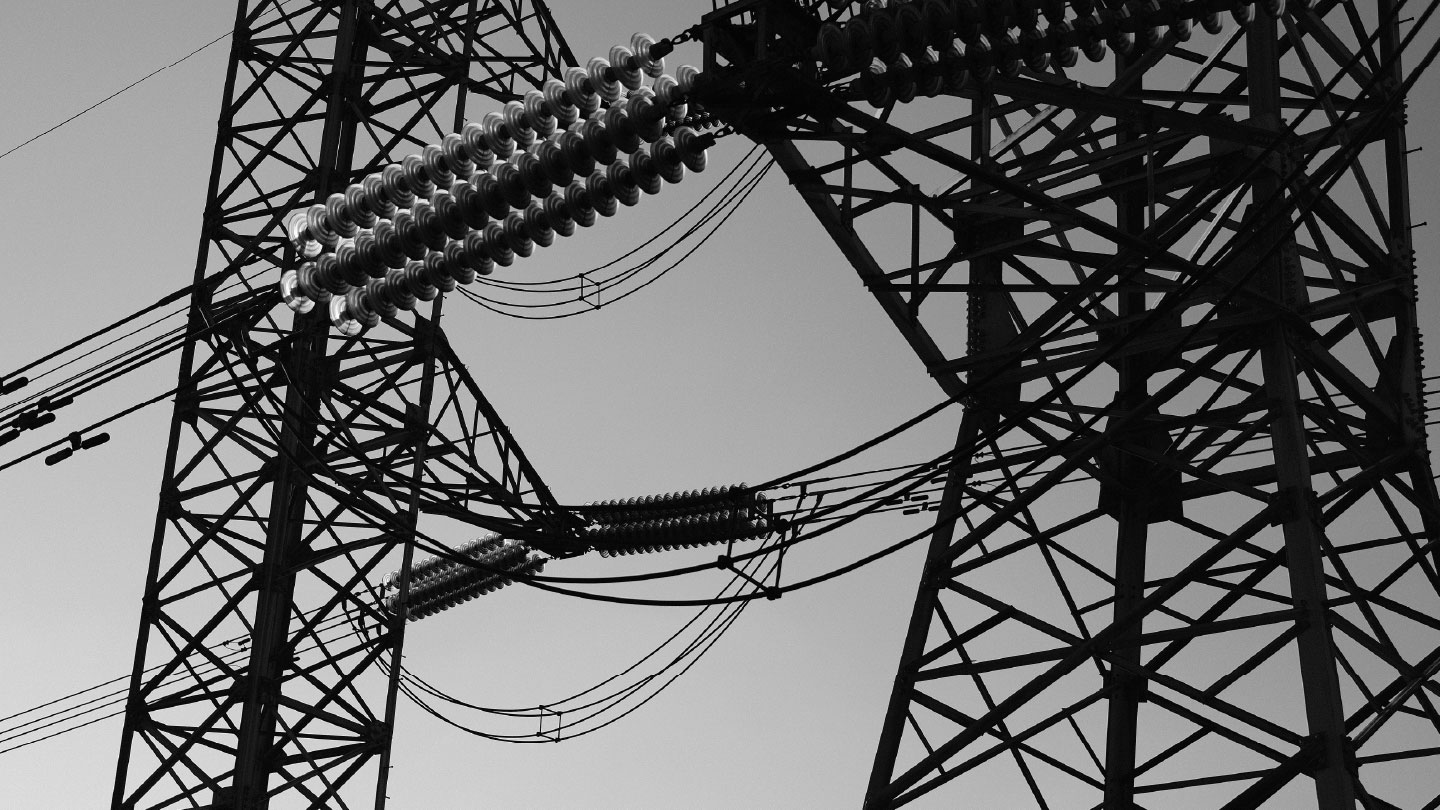More Energy, Less Infrastructure: Why Utilities Should See Virtual Power Plants As Strategic Assets

More Energy, Less Infrastructure: Why Utilities Should See Virtual Power Plants As Strategic Assets
As utilities face growing pressure to modernize the grid, integrate renewables and meet rising demand – all without costly new infrastructure – a question emerges: what if we could expand capacity using assets we already have?
Enter virtual power plants (VPPs): digital platforms that combine many small, distributed energy resources (DERs) – rooftop solar, batteries, EVs, HVAC systems and more – into a coordinated, dispatchable resource that behaves like a traditional power plant. A well-orchestrated VPP can provide real capacity to the grid, offering energy, flexibility and ancillary services – just like a central generator, but made up of decentralized assets.
To make this orchestration possible, especially within the distribution grid, operators of VPPs rely on distributed energy resource management systems (DERMS). DERMS provide the underlying software infrastructure to monitor, control and optimize DERs in real time, often with locational awareness. Where a VPP focuses on aggregating capacity for system-level dispatch, DERMS enables visibility and control at the grid edge – allowing the VPP’s operators to act on grid conditions and respond not only to market signals, but also to local network conditions and constraints.
For utilities, this represents a new kind of capacity: one that’s invisible but measurable, digital but dispatchable, and – crucially – scalable without building new substations or peaker plants.
The operational opportunity
VPPs give utilities and grid operators a powerful new tool to manage volatility, flatten peaks and defer infrastructure upgrades. By digitally linking and controlling thousands of DERs – whether residential batteries or commercial HVAC systems – VPP platforms enable real-time demand shifting, frequency regulation and load balancing.
For example, during a summer peak event, a utility-aligned VPP can pre-emptively discharge home batteries, optimize EV charging schedules and manage commercial loads, reducing the need to activate expensive, high-emission peaker plants. When integrated with a DERMS platform, VPPs provide visibility and control that rivals traditional generation assets – all while supporting clean energy mandates and improving grid resilience.
From passive load to active asset
VPPs don’t just help manage the grid – they help reimagine it. The traditional one-way energy system becomes a two-way, interactive network. Utilities gain not only more tools for balancing supply and demand, but also new ways to engage customers — turning them into prosumers who contribute capacity, flexibility and data.
For DERMS and VPP vendors, this opens a growing market: helping utilities and municipalities operationalize these networks with secure, compliant and scalable software layers. Our market trends report on DERMS explores how these technologies are already supporting utilities on both the distribution and retail ends of the energy value chain, from grid stability to customer engagement.
Strategic benefits for utilities and grid stakeholders
Virtual power plants provide a way to rethink resource adequacy and system planning, by boosting:
- Grid resilience: VPPs add redundancy and flexibility, especially during extreme weather events, by distributing energy storage and load control across the network.
- Peak shaving and load flexibility: they help flatten demand curves and shift consumption in real time, deferring infrastructure upgrades and lowering operational costs.
- Customer engagement: through VPP participation programmes, utilities can turn customers into active grid partners, offering incentives for flexibility and distributed generation.
- Decarbonization: VPPs accelerate clean energy goals by maximizing the use of renewables and avoiding fossil-fuel-based contingency resources.
Market momentum: real-world deployments in action
Globally, several VPP projects are already demonstrating the business case. Two prominent examples are Tesla’s VPP in South Australia and Next Kraftwerke’s 13 GW VPP in Europe, while other emerging efforts across the globe with DERMS deployment are helping stabilize grids, reduce emissions and empower energy users.
But challenges remain. Regulation needs to catch up to innovation. Cyber security must be taken seriously. And public participation depends on incentives and trust. Still, the direction is clear: energy is shifting from a centralized, industrial system to a decentralized, digital network.
The takeaway: building the future grid without rebuilding the grid
Virtual power plants don’t represent a new generation technology – they represent a new operational philosophy. One where energy capacity is no longer defined solely by physical plants, but by software-enabled coordination of distributed systems.
For utilities, VPPs are no longer a futuristic concept. They are an actionable strategy to unlock flexibility, defer infrastructure spend, accelerate decarbonization and engage customers as partners. And for VPP and DERMS vendors, the opportunity is clear: help utilities transform from centralized operators into platform orchestrators of a flexible, resilient and decentralized grid.
The cleanest, most responsive and most affordable energy system doesn’t have to be built from scratch. It’s already out there – we just need to plug in.





















